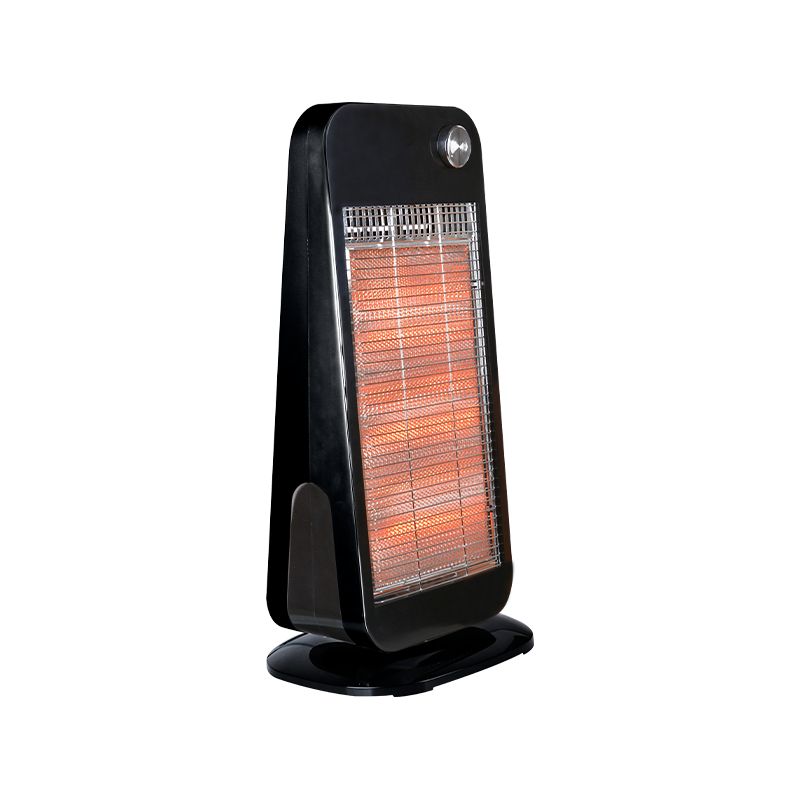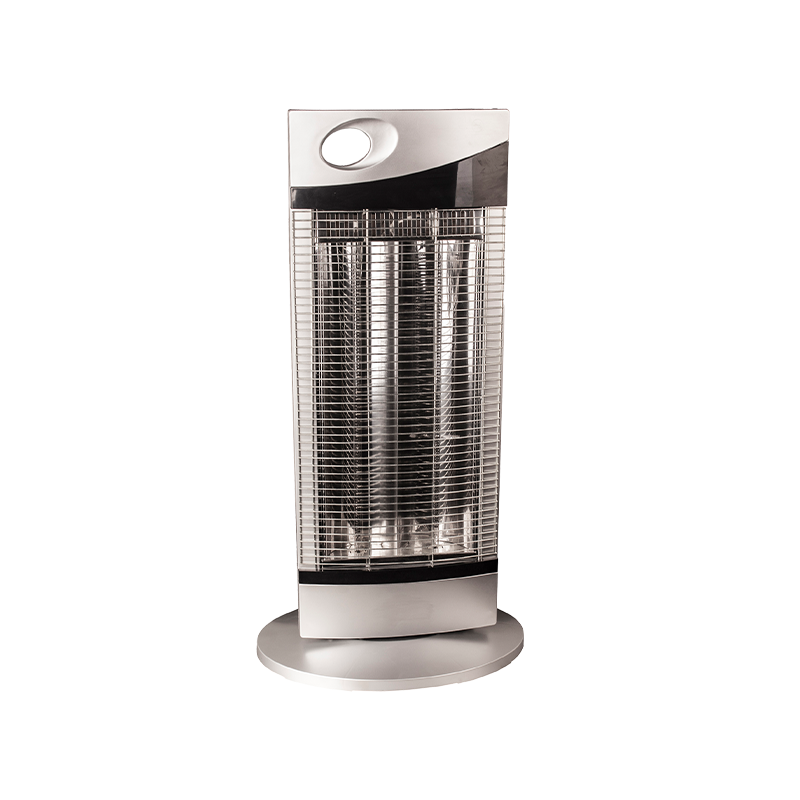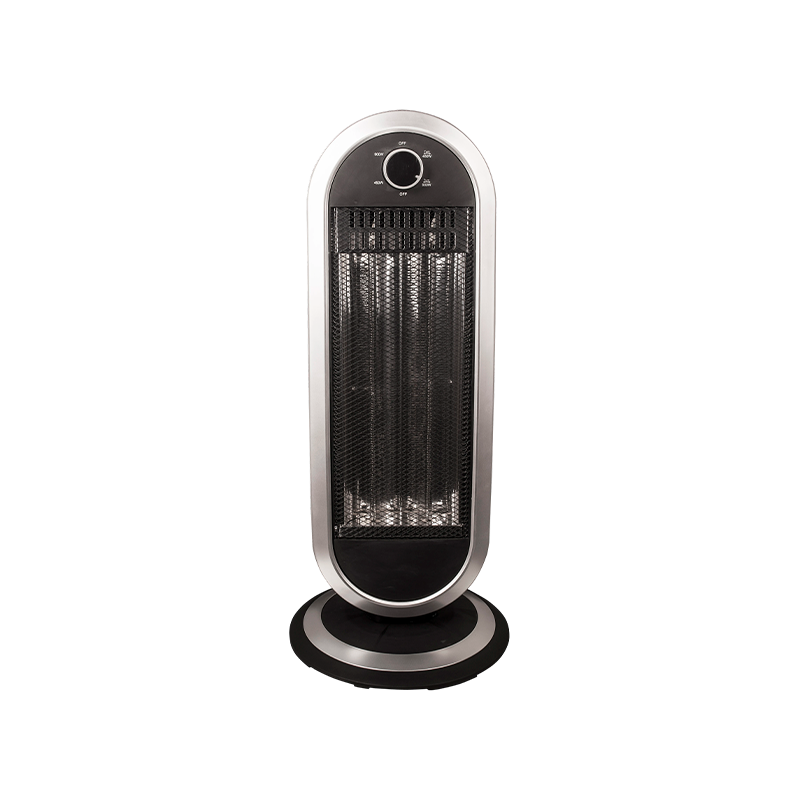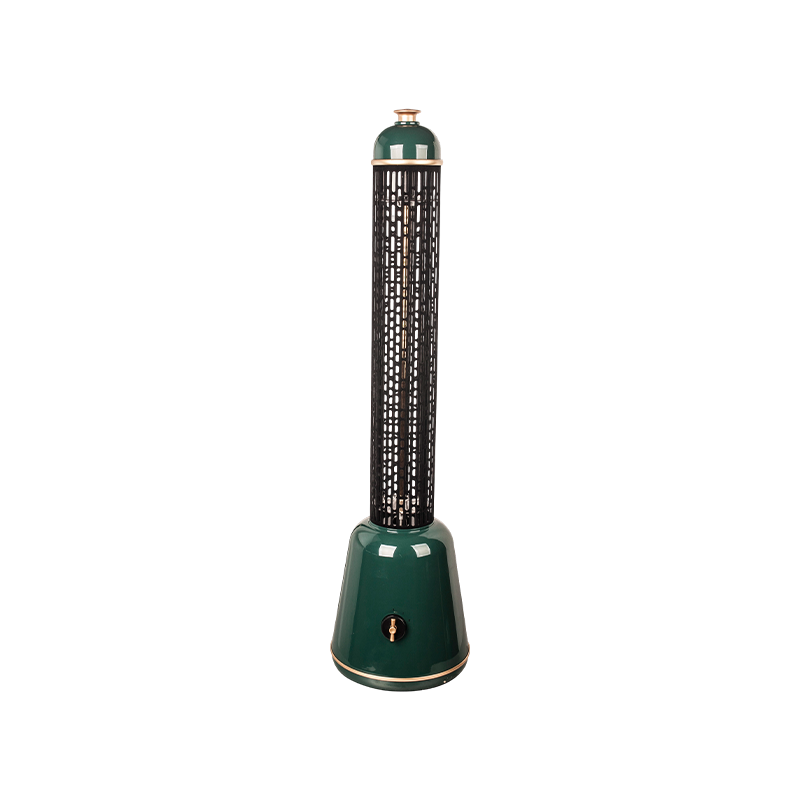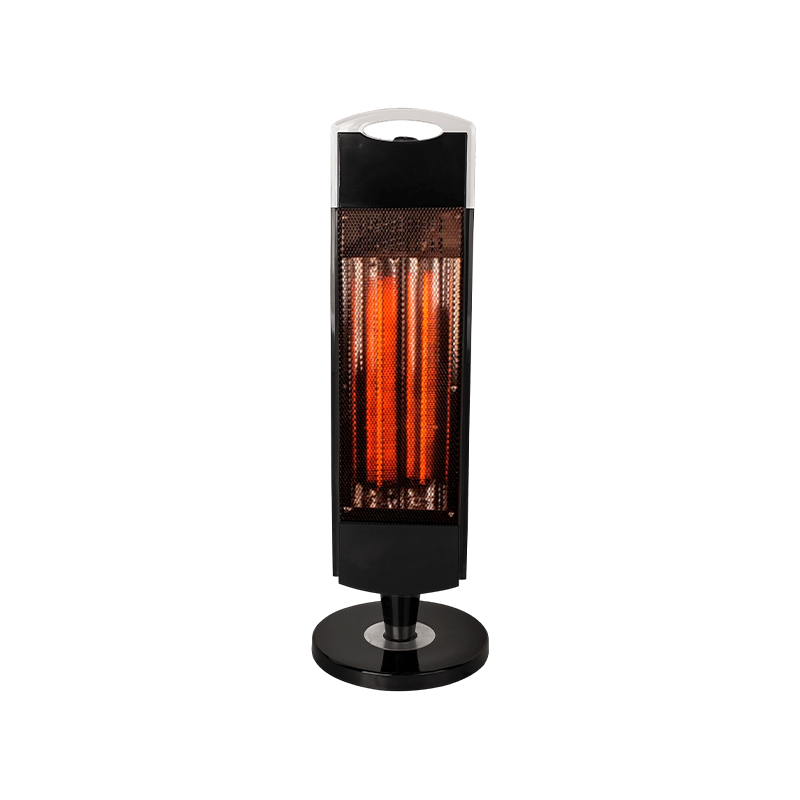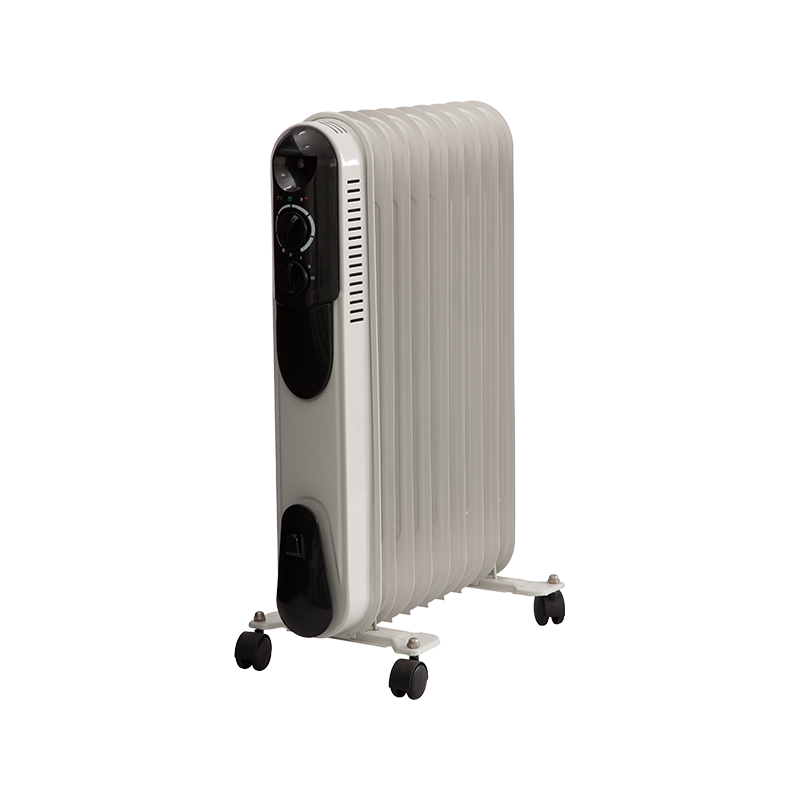With the continuous growth of winter heating demand and the advancement of the home intelligence wave, oil-filled radiators, as a safe and stable heating solution, are undergoing a new round of product upgrades and technological breakthroughs. Recently, many leading enterprises in the industry have launched a new generation of smart oil-filled radiators. Through energy efficiency improvement, Internet of Things integration and humanized design, they provide more energy-efficient and comfortable heating experiences for homes, offices and commercial Spaces.
I. Technological Upgrade: Energy conservation, noise reduction and intelligent control are the core highlights
Traditional oil-filled radiators have long been favored by the market for their constant temperature performance and low noise features, while the new generation of products further integrate intelligent temperature control technology. With precise electronic thermostats and adaptive power regulation systems, energy consumption is reduced by up to 25% compared to traditional models. Some high-end products are equipped with Wi-Fi remote control functions, supporting temperature adjustment and timed on/off setting via mobile phone apps. They can also be integrated into the smart home ecosystem to achieve interlinked control with devices such as air conditioners and humidifiers.
European brands such as "De'Longhi" and "Honeywell" were the first to adopt rapid heating technology. By optimizing the internal oil circuit structure and the layout of heating elements, the preheating time was reduced by 30%, while maintaining silent operation throughout the process. In addition, the lightweight design of the body and the upgrade of the heat-resistant shell have further enhanced the safety and mobility of the product.
Second, environmental protection and safety standards have been continuously enhanced
With the tightening of global energy efficiency regulations, the new generation of oil-filled radiators generally comply with the EU ERP energy efficiency standards and the US Energy Star certification. Some enterprises have begun to use recyclable steel and environmentally friendly heat transfer oil to reduce the carbon footprint of their products. In terms of safety, automatic power-off upon tipping, overheat protection and child lock functions have become standard features. Some commercial models have also added IP waterproof ratings to adapt to scenarios such as bathrooms.
Third, market demand has been steadily growing, and applications in diverse scenarios have expanded
According to the "Global Oil-filled Radiator Market Analysis" report, the compound annual growth rate of this category is expected to reach 4.5% from 2023 to 2027, with a significant increase in the Asia-Pacific market. Household users focus on energy efficiency and noise reduction performance, while enterprises tend to purchase commercial-grade products. Schools, hospitals, offices and other places adopt centralized procurement models, emphasizing long-term usage costs and durability. Portable models (with pulley design) have become a popular choice for rental apartments and temporary heating scenarios.
Iv. Industry Challenges and Future Trends
Fluctuations in raw material costs (especially for steel and heat transfer oil) remain the main pressure faced by manufacturers. On the other hand, intelligence and low-carbonization have become the core dimensions of industry competition. Leading brands enhance user stickiness by developing APP functional ecosystems (such as electricity consumption statistics and energy-saving reminders), while small and medium-sized enterprises focus on differentiated designs (such as retro styles and mural-style radiators) to enter niche markets.





 English
English 中文简体
中文简体